Pagan symbols have held significance throughout the ages, standing as emblems of beliefs, rituals, and cultures that predate many modern religions. These symbols encompass a variety of systems and traditions, each with its unique representation and use throughout history. Whether you’re curious about the pagan origins of symbols you recognize or you’re seeking to incorporate some of this rich symbolism into your own practices, understanding pagan symbols can open a window into a world of profound meanings and age-old customs.
Pagan Symbols Meanings and Uses
Paganism is rich with symbolism, using various signs to represent spiritual beliefs, deities, and elements of nature. These pagan symbols serve as tools for rituals, protection, and guidance. In this article, we’ll explore 50 powerful pagan symbols and their meanings to help you understand their significance in modern and historical pagan practices.
1. Pentacle
A five-pointed star enclosed in a circle, the pentacle is one of the most recognized symbols of paganism. It represents the five elements—earth, air, fire, water, and spirit—united in harmony.
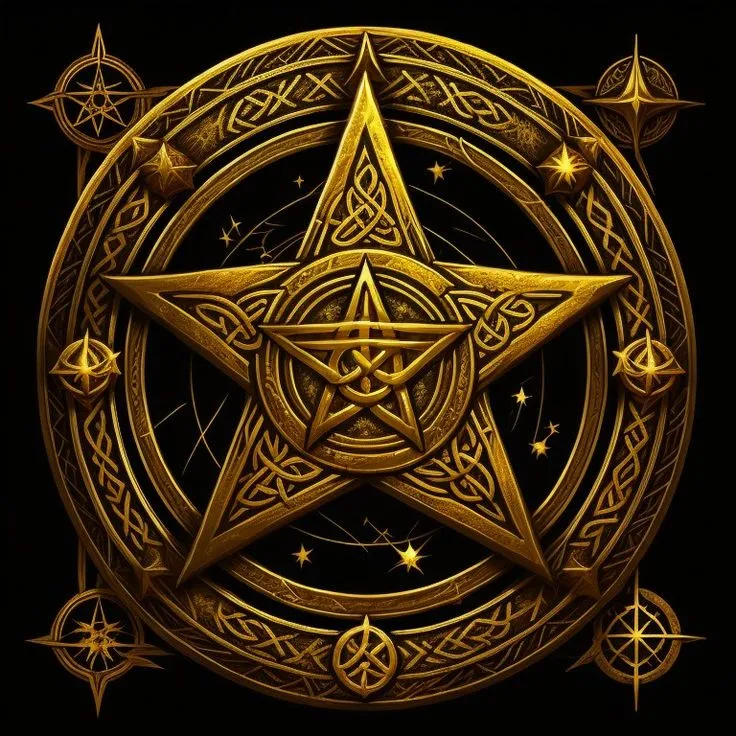

2. Triquetra
Also known as the Trinity Knot, this pagan symbol meaning is associated with the interconnectedness of life, the triple goddess (Maiden, Mother, and Crone), and the cycles of nature.
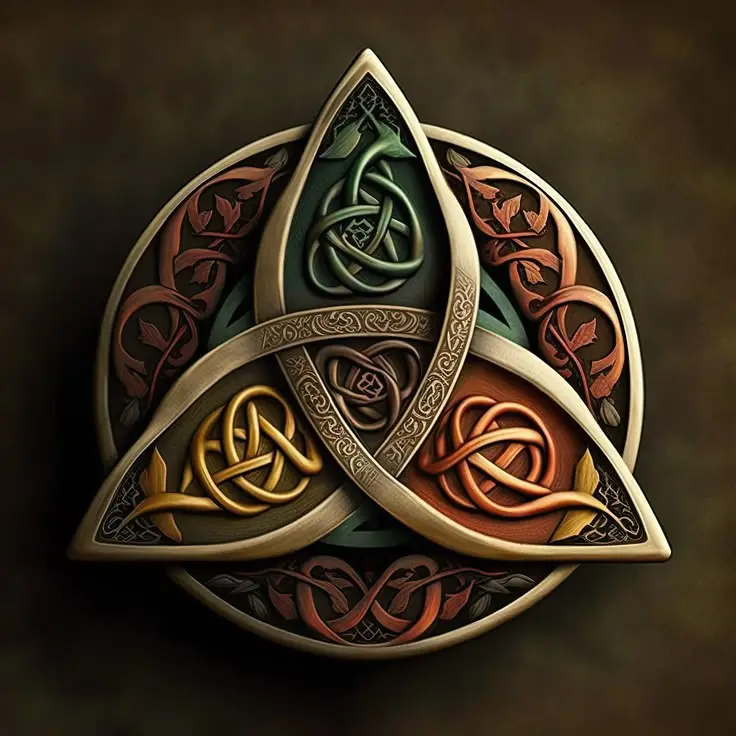

3. Horned God
Symbolizing masculinity and nature, the Horned God is a key figure in Wiccan traditions. This symbol represents strength, fertility, and the wild aspects of life.
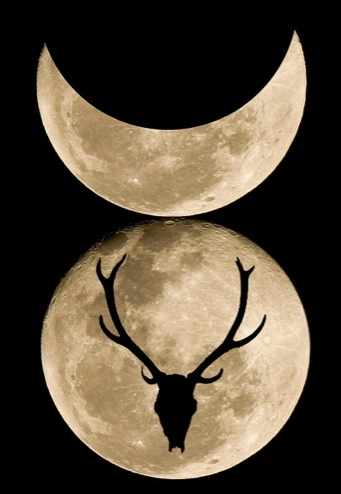

4. Ankh
Originally an Egyptian symbol, the ankh is widely used in pagan symbolism to represent eternal life and spiritual transformation.
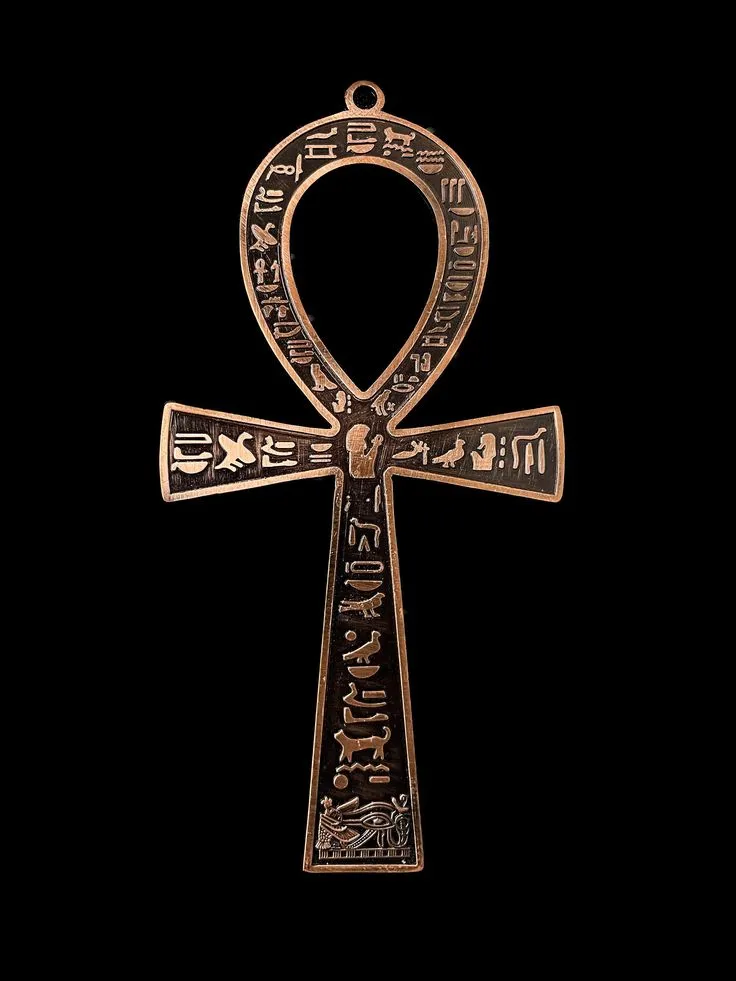

5. Spiral
The spiral is a pagan sign of life cycles, growth, and the journey of the soul.
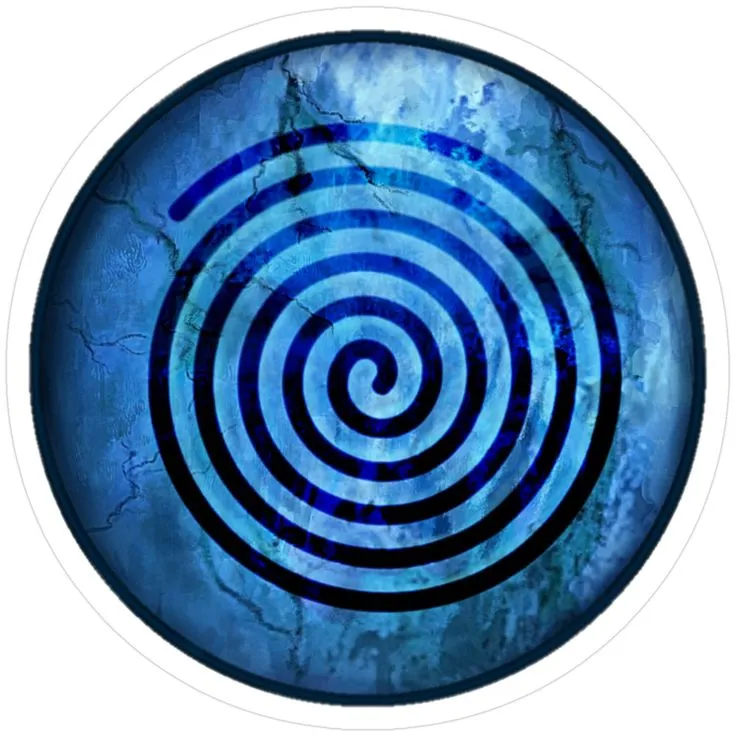

6. Hecate’s Wheel
This symbol, associated with the goddess Hecate, represents wisdom, transformation, and the mysteries of the underworld.
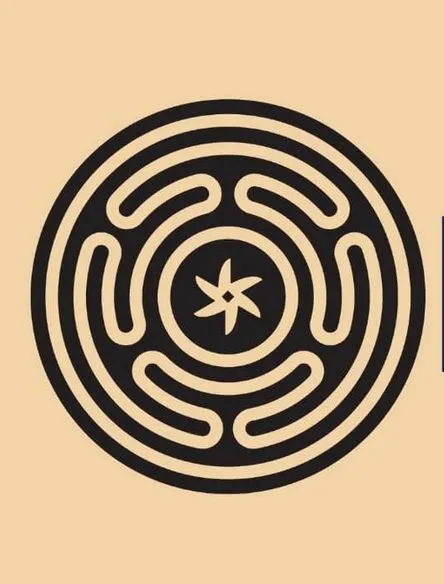

7. The Triple Moon
A symbol of the goddess in paganism, the Triple Moon represents the three phases of the moon—waxing, full, and waning—symbolizing the divine feminine in different life stages.
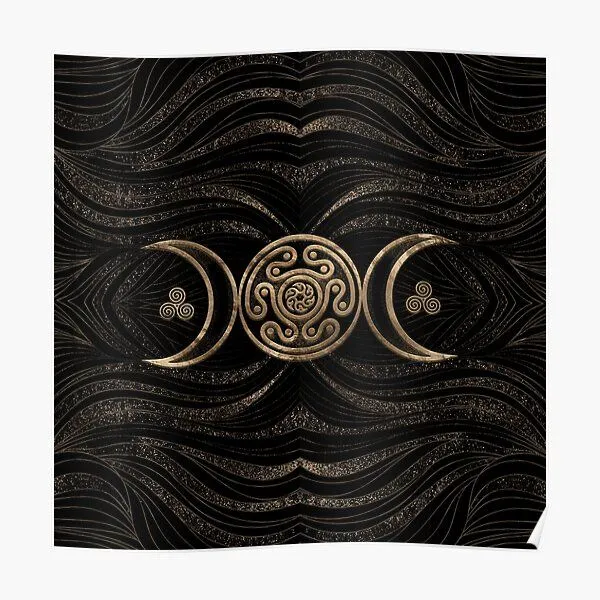

8. Thor’s Hammer (Mjölnir)
A Norse pagan symbol representing protection, power, and the force of nature.
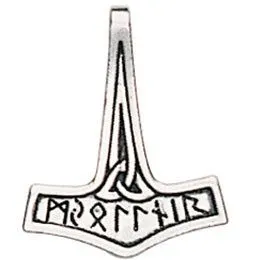

9. The Sun Wheel
A paganism symbol meaning linked to the cycle of seasons and the movement of the sun.
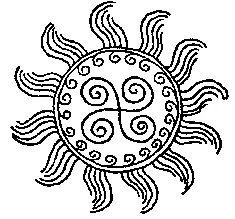

10. The Labyrinth
Represents spiritual journeys, rebirth, and the path to enlightenment.
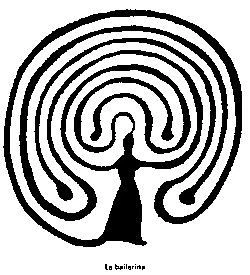

11. Ouroboros
A serpent eating its own tail, symbolizing eternity, cycles, and self-reflection.
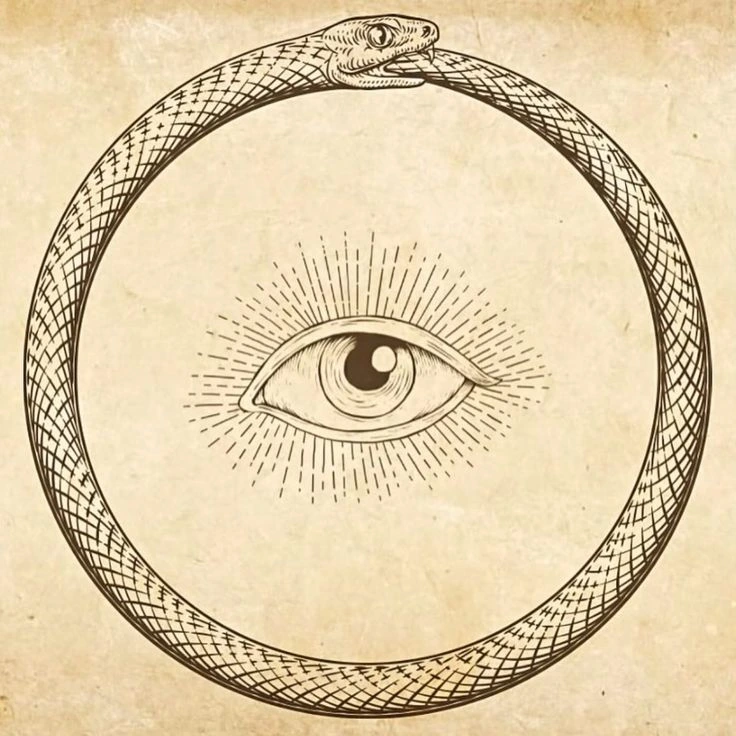

12. Awen
A Celtic pagan symbol representing inspiration and divine illumination.
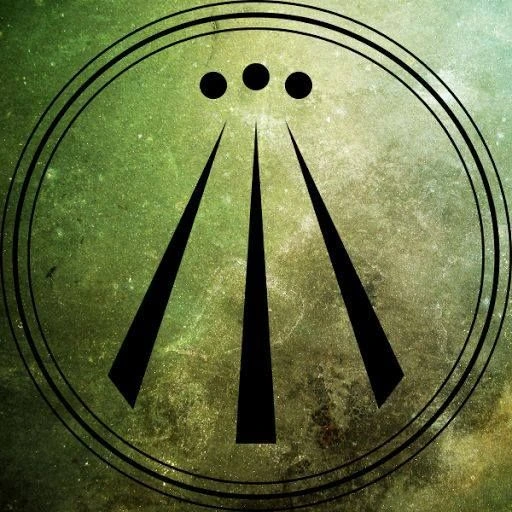

13. The Eye of Horus Symbol
A protective Egyptian symbol often used in pagan symbolism to ward off evil.
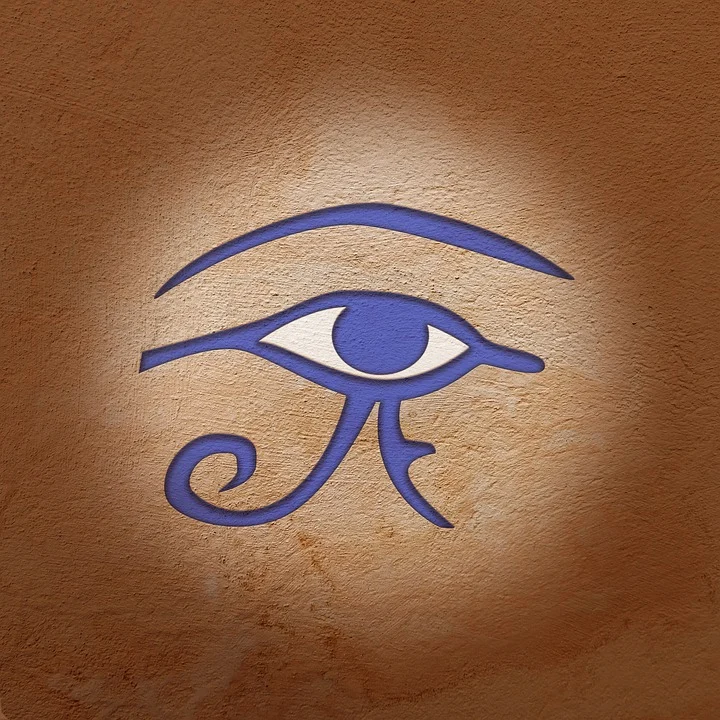

14. Green Man
A representation of nature and renewal, often found in Celtic and Wiccan traditions.
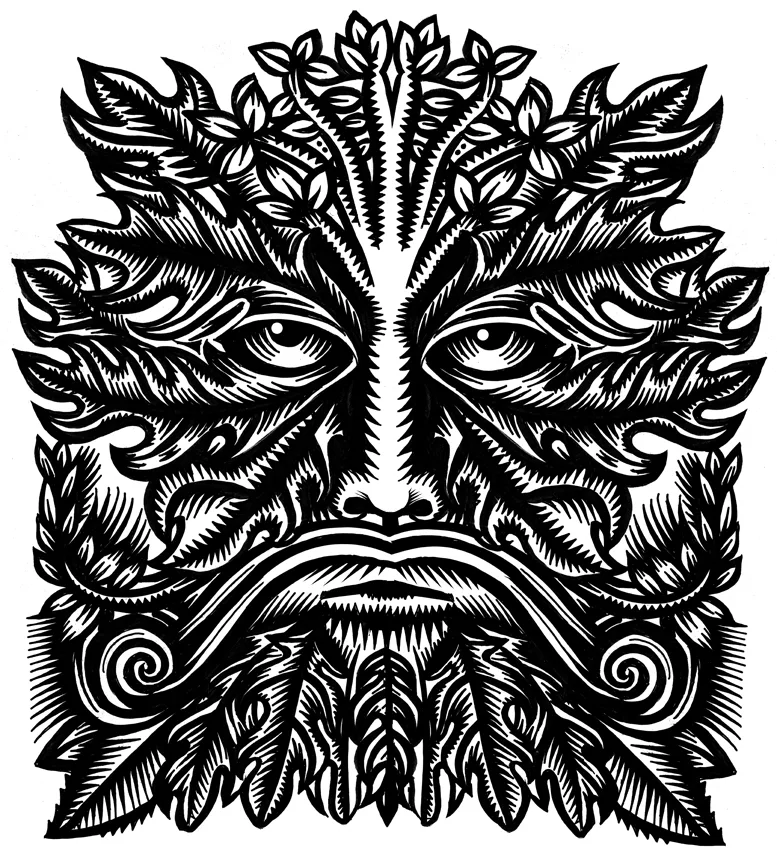

15. Triskelion
A triple-spiral design signifying motion, progress, and spiritual evolution.
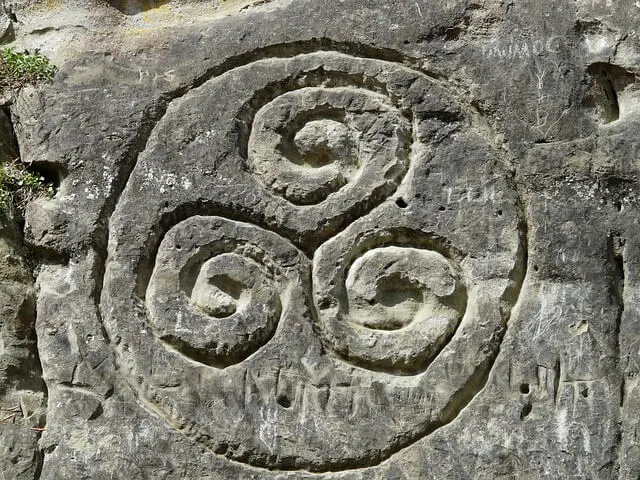

16. Cernunnos
A pagan sign of the Horned God, representing fertility and the wilderness.
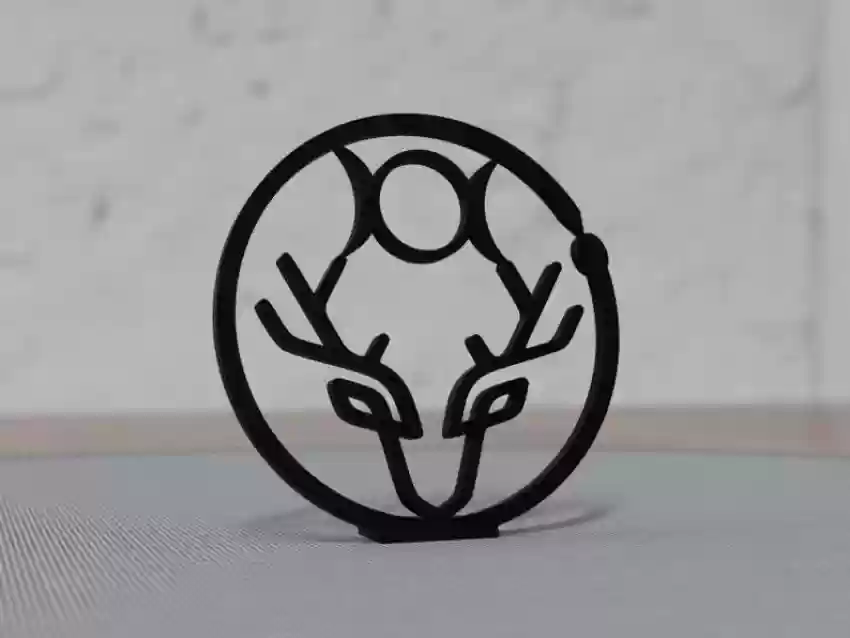

17. The Vesica Piscis
An ancient symbol of divine union and balance.
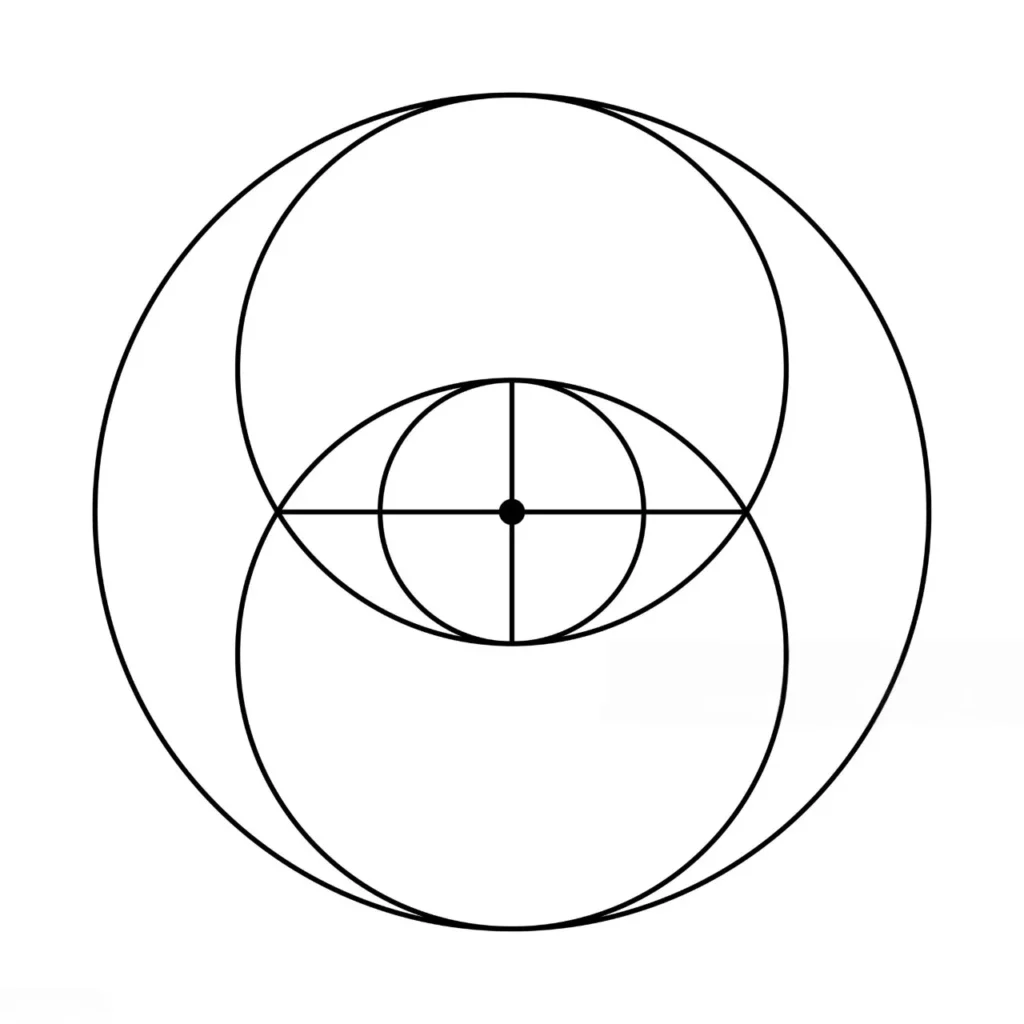

18. The Crossroads
A spiritual meeting point for magical transformation and decision-making.
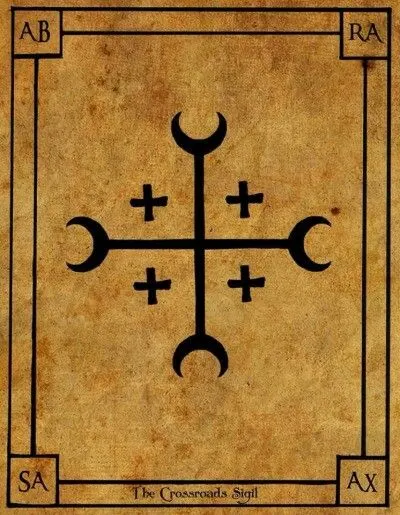

19. The Chalice
Represents the feminine divine, water, and the sacred womb.
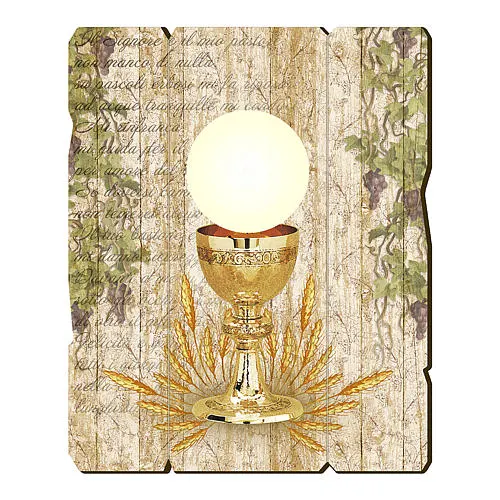

20. The Broom (Besom)
A Wiccan tool symbolizing purification and spiritual cleansing.
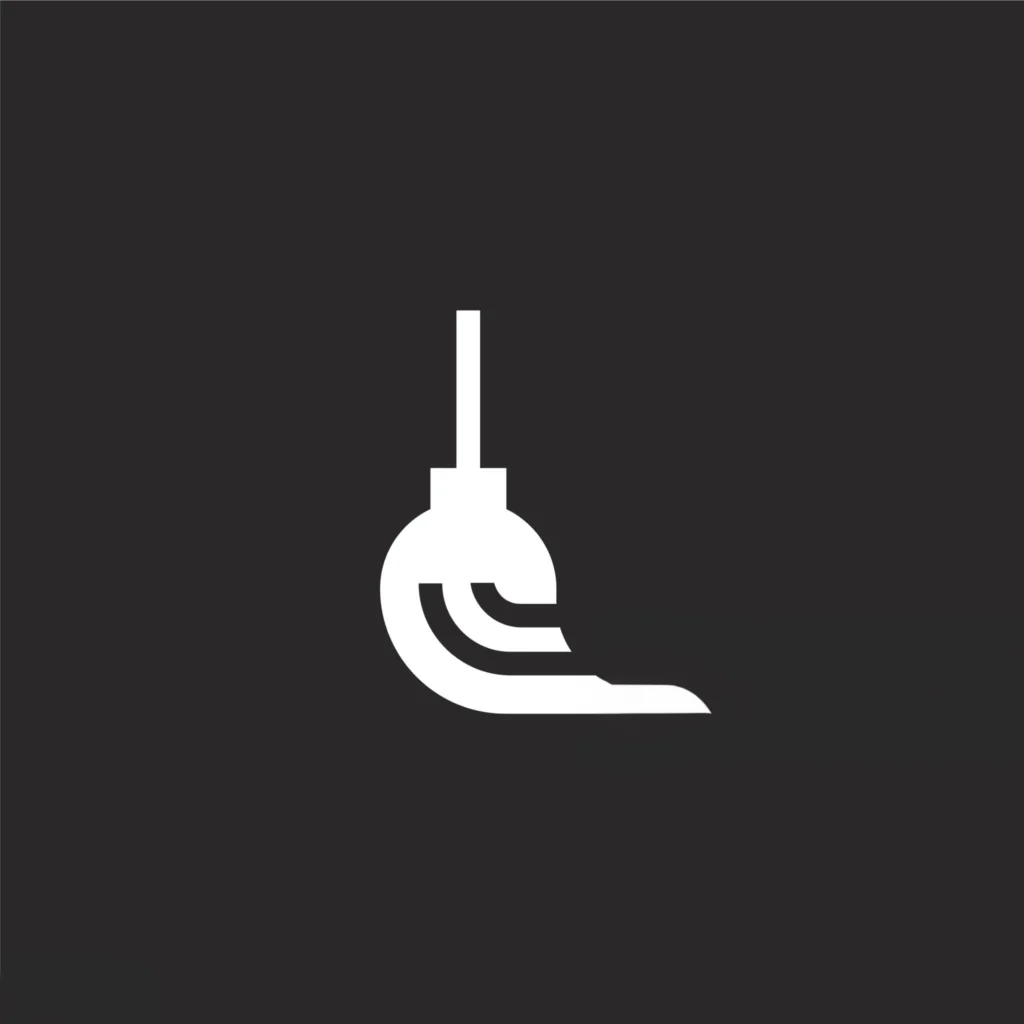

21. The Corn Dolly
A fertility symbol used in harvest rituals.
22. The Phoenix
A mythical bird symbolizing rebirth and transformation.
23. The Raven
A messenger between the spiritual and physical worlds.
24. The Cauldron
Represents magic, alchemy, and divine transformation.
25. The Serpent
A powerful pagan symbol meaning associated with wisdom and primal energy.
26. The Wolf
Symbolizes instinct, loyalty, and the wild nature of the soul.
27. The Stag
A sacred animal representing strength, virility, and the forest.
28. The Owl
A guide to the spirit world and symbol of ancient wisdom.
29. The Raven’s Foot
Used in magic to bring wisdom and protection.
30. The Acorn
A druidic pagan sign symbolizing potential and growth.
31. The Sigil
A unique magical mark used to manifest intentions.
32. The Star of Ishtar
An eight-pointed star representing love, fertility, and divine feminine energy.
33. The Dragon
Symbolizing elemental power and magical knowledge.
34. The Crescent Moon
Represents the feminine divine and the power of the moon.
35. The Solar Cross
A sun-related paganism symbol meaning linked to seasons and cycles.
36. The Feather
A spiritual connection with divine forces and higher wisdom.
37. The Black Cat
A symbol of mystery and supernatural energy.
38. The Rowan Tree
A protective tree in Celtic lore, warding off evil.
39. The Eagle
Symbolizing vision, freedom, and spiritual ascent.
40. The Web of Wyrd
A Norse pagan symbol of fate and interconnectedness.
41. The Druid’s Staff
A magical tool representing authority and wisdom.
42. The Witch’s Knot
Used for protection against negative energy.
43. The Sun Cross
A blend of the sun and the cross, representing cosmic balance.
44. The Hand of Fatima
A protective symbol against harm and negative energy.
45. The Sunflower
Represents positivity, growth, and the sun’s power.
46. The Pine Cone
A symbol of enlightenment and third-eye activation.
47. The Whale
Represents ancient wisdom and deep spiritual journeys.
48. The Butterfly
Symbolizes transformation and soul evolution.
49. The Honeybee
A sacred insect representing community and hard work.
50. The Yew Tree
A tree associated with immortality and ancestral wisdom.
What Are Pagan Symbols Used For?
Pagan symbols are used in rituals, meditation, and magic. They help practitioners connect with the divine, nature, and personal spiritual paths.
Pagan Symbolism in Modern Times
Many pagan symbols meanings are still relevant today, appearing in jewelry, tattoos, and altar decorations. Understanding what a pagan symbol represents can deepen spiritual practice and appreciation for ancient traditions.
Conclusion
Whether you are new to paganism or a long-time practitioner, learning about pagan symbolism enhances your spiritual journey. These pagan signs are rich in history and meaning, helping individuals connect with the natural and divine world.
Do you use pagan symbols in your practice? Share your favorites in the comments!
Key Takeaways
- Pagan symbols come from various ancient cultures and traditions, each holding unique significance and interpretations.
- Many pagan symbols are connected to nature, celestial bodies, deities, and the elements, reflecting the harmony between the earth and the spiritual realm.
- These symbols are often used in rituals, to adorn sacred spaces, or as talismans for protection and guidance.
- Understanding the meanings behind pagan symbols can enrich spiritual practices and offer insight into historical belief systems.
Exploring the Origins of Paganism
Before diving into the symbols themselves, it’s essential to understand what paganism is. Paganism refers to a variety of spiritual practices and belief systems that are outside of the world’s main religions, particularly those that predate Christianity and are polytheistic or nature-based. The term “pagan” originally emerged as a pejorative used by early Christians to label those who worshipped multiple deities, upheld ancient traditions, or lived in rural areas. However, over time, it has been reclaimed by modern practitioners who identify with the earth-centered and polytheistic aspects of these ancient cultures.
The Rich Tapestry of Pagan Symbols
Pagan symbols are as diverse as the cultures they come from, ranging from Norse runes to the witch symbols of ancient Greece and Rome, Slavic iconography, Celtic knots, and the emblems of ancient Egypt. Each of these cultural symbols carries its unique energy and intent, making them intriguing to study and powerful to use.
The Triquetra: A Celtic Connection
Often found in Celtic art and Insular manuscripts, the triquetra or “trinity knot” is a continuous interwoven knot that comes to three points. It represents the interconnectedness of all things and various triads, such as the mind, body, and spirit; past, present, and future; or earth, sea, and sky. The triquetra is sometimes enclosed within a circle to emphasize unity and eternity.
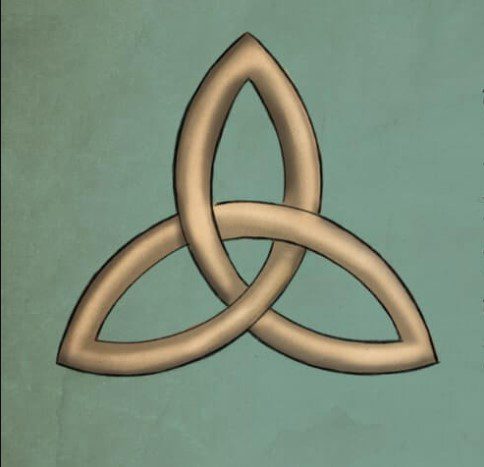

The Ankh: Key of Life
The ankh is an ancient Egyptian symbol resembling a cross with a loop at the top. Known as the “key of life,” it represents eternal life and the union of masculine and feminine. The ankh is often associated with the gods and appears frequently in Egyptian tomb paintings and other art forms.
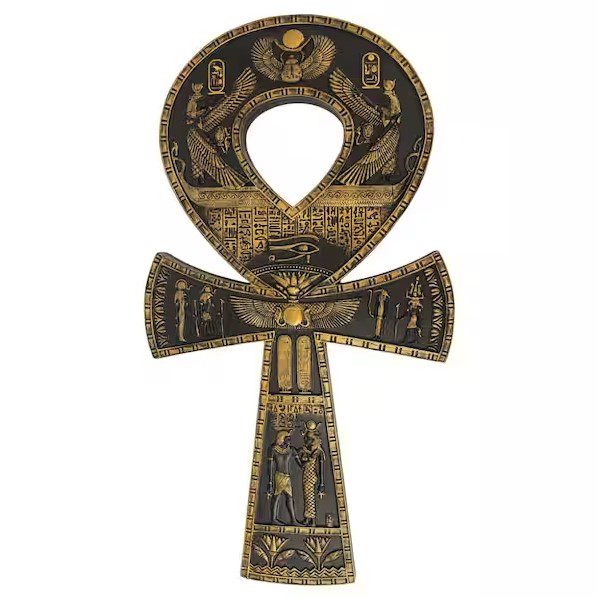

Pentacle: Earthly Stability
A pentacle is a five-pointed star, or pentagram, within a circle. Each point of the star represents an element—earth, air, fire, water—while the fifth point symbolizes spirit. The encompassing circle unifies the elements. The pentacle is a protective symbol and can serve as a talisman for stability and grounding.
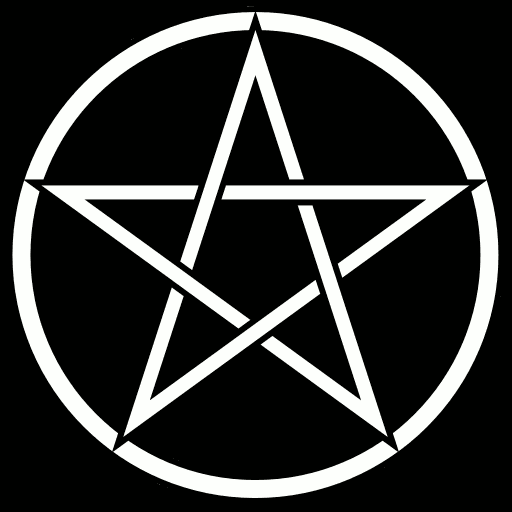

The Horned God and Triple Goddess
The dual deity symbols of the Horned God and Triple Goddess are central to many modern pagan practices, specifically Wicca. The Horned God, represented by a circle with crescent horns, symbolizes nature, wilderness, sexuality, and the life cycle. The Triple Goddess, depicted as a waxing, full, and waning moon, represents the female divine and the lifecycle of women—maiden, mother, and crone.
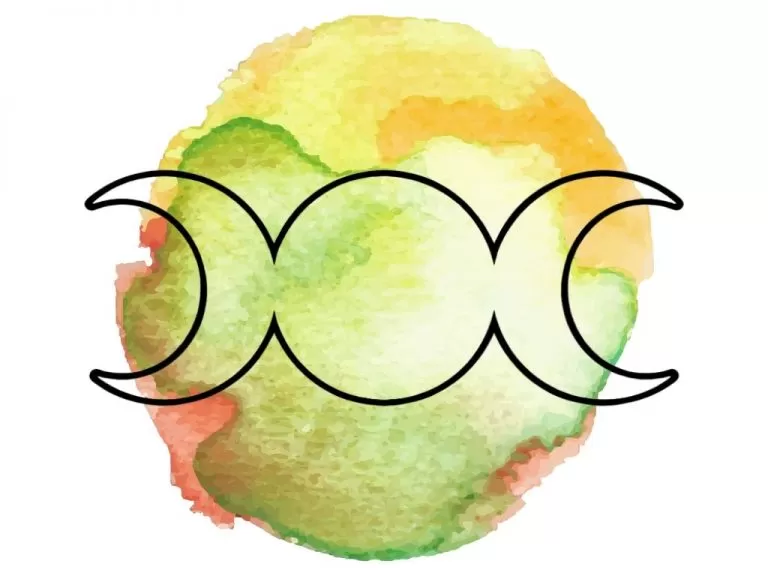

Runes: Mysteries of the North
Runes are an ancient Germanic alphabet where each letter holds specific meanings and magical properties. Used for divination and spellwork, runes can provide guidance and insights into various aspects of life and the intentions behind one’s actions.
Utilizing Pagan Symbols in Practice
Pagan symbols can be used in numerous ways. Here are a few examples of how these powerful symbols might be incorporated into daily life, worship, and magic:
- Decor and Sacred Spaces: Using symbols to adorn altars or other sacred spaces can enhance the spiritual atmosphere and draw specific energies.
- Talismans and Amulets: Wearing symbols as jewelry or carrying them can offer protection or attract certain qualities into one’s life.
- Rituals and Ceremonies: Symbols can be inscribed on candles, drawn in the air, or created with natural materials during rituals to amplify magical intentions.
- Meditation and Visualization: Focusing on the representation of a symbol during meditation can deepen the connection to its energies and meanings.
- Divination: Symbols such as runes or tarot, which incorporates various pagan emblems, can provide insight and guidance through divination practices.
More About Pagan Symbols
What do pagan symbols represent?
Pagan symbols represent a vast array of concepts such as fertility, the elements, the cycle of life, and various deities or spiritual entities within the pagan belief system.
How are pagan symbols used in modern times?
Modern pagans use these symbols to connect with specific energies, as tools for magic and ritual, for divination, and to identify with certain deities or spiritual paths.
Can anyone use pagan symbols?
Yes, pagan symbols can be used by anyone who feels drawn to them or wishes to incorporate their energies into their spiritual practice. However, it’s important to understand and respect the origins and meanings of these symbols.
Are pagan symbols connected to a single culture or tradition?
No, pagan symbols stem from a wide range of cultures and traditions, each with its distinct spiritual practices and beliefs.
By embracing the symbols of paganism, one can not only celebrate the rich history and diversity of ancient cultures but also tap into the deep spiritual connection that exists between us and the natural world. Whether used in personal practices or simply appreciated for their aesthetic and historical significance, pagan symbols offer a wealth of wisdom and beauty that can enrich the spiritual journey.

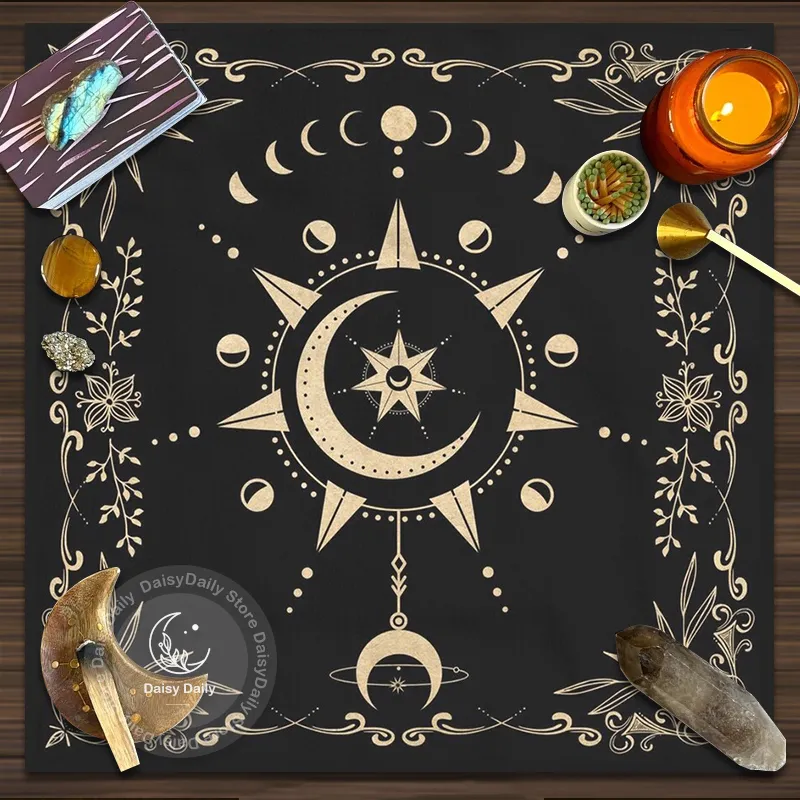
Pingback: Witch Symbols & Meanings | Explore Wiccan & Pagan Magic